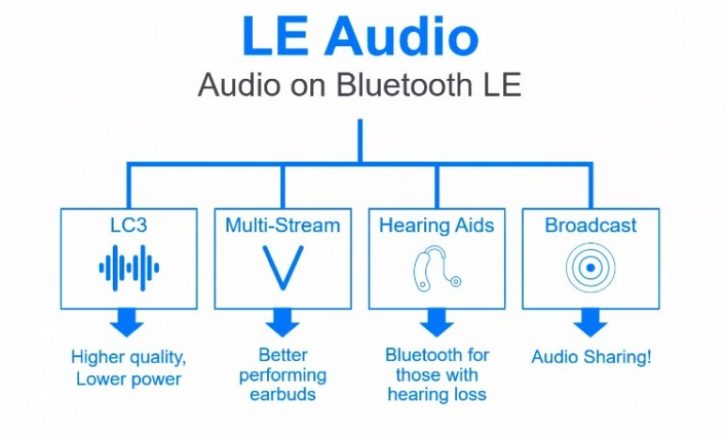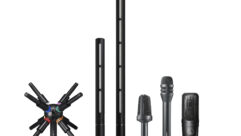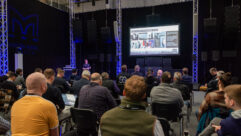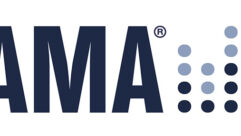
In 2020, the Bluetooth Special Interest Group (or SIG) outlined the LE Audio specification for Bluetooth. Bluetooth low-power-consumption LE has been around since 2009, but didn’t sufficiently transmit audio in a low-energy format until now. A key underpinning is the new Low Complexity Communications Codec, or LC3. LC3 can transmit audio at an acceptable quality without draining as many resources as the classic form of Bluetooth.
To get an idea of what LC3 can do at various bitrates, scroll down to the audio testing section on the Bluetooth SIG’s website.
The biggest buzz around LE Audio is audio sharing from device to device or from one to many and that gets most of the press. But one of the coolest aspects of LE Audio is the potential to use your hearing aid as a direct audio device, pairing with a phone or TV audio. (One day it is my dream that hearing aids will meet their destiny as a bionic mod. Hopefully this will help that underachieving tech achieve its full potential).
None of this is happening yet or maybe even soon. There are no Bluetooth LE Audio devices. However Qualcomm announced in December that it had developed a wireless earbud chip with LE Audio compatibility.
Here’s today’s press release.
The Bluetooth Special Interest Group (SIG), the trade association that oversees Bluetooth technology, today announced the completion of the full set of specifications that define LE Audio, the next generation of Bluetooth audio. LE Audio improves wireless audio performance, adds support for hearing aids, and introduces Auracast broadcast audio, a new Bluetooth capability that will enhance the way we engage with others and the world around us.
“Today is a proud day for the Bluetooth SIG member community,” said Mark Powell, CEO of the Bluetooth SIG. “Our members overcame the many challenges placed on them these past few years to complete the largest specification development project in the history of the Bluetooth SIG. LE Audio extends the boundaries of what’s possible for the wireless audio market, including the introduction of Auracast™ broadcast audio, a new Bluetooth capability that promises to deliver life-changing audio experiences to consumers, bringing friends and family closer together and making public locations more accessible and enjoyable for all. I can’t wait to see the innovation LE Audio brings.”
The Bluetooth SIG also announced that qualification for Bluetooth products seeking to add support for LE Audio is now enabled. Initial consumer products supporting LE Audio, including those with Auracast broadcast audio, are expected to come to market in the coming months, and the Bluetooth SIG anticipates LE Audio product availability to ramp up as we approach the holiday season and end of the year.
In addition to introducing new features to Bluetooth audio, LE Audio offers a new, flexible architecture that provides an ideal platform for future wireless audio innovation, and work within the Bluetooth SIG is already underway to bring additional LE Audio features and capabilities to market.
Visit bluetooth.com/le-audio for more detailed information on the features and benefits of LE Audio. To access the full list of LE Audio specifications, visit the LE Audio Specifications page.
For more information regarding Auracast broadcast audio, please visit bluetooth.com/auracast.
About the Bluetooth SIG
Formed in 1998, the Bluetooth SIG is the not-for-profit trade association that oversees Bluetooth® technology. In support of more than 38,000 member companies, the Bluetooth SIG facilitates the collaboration of its members to create new and enhanced specifications that expand the technology, drives global interoperability via a world-class product qualification program, and grows the brand by increasing the awareness, understanding, and adoption of Bluetooth technology.










